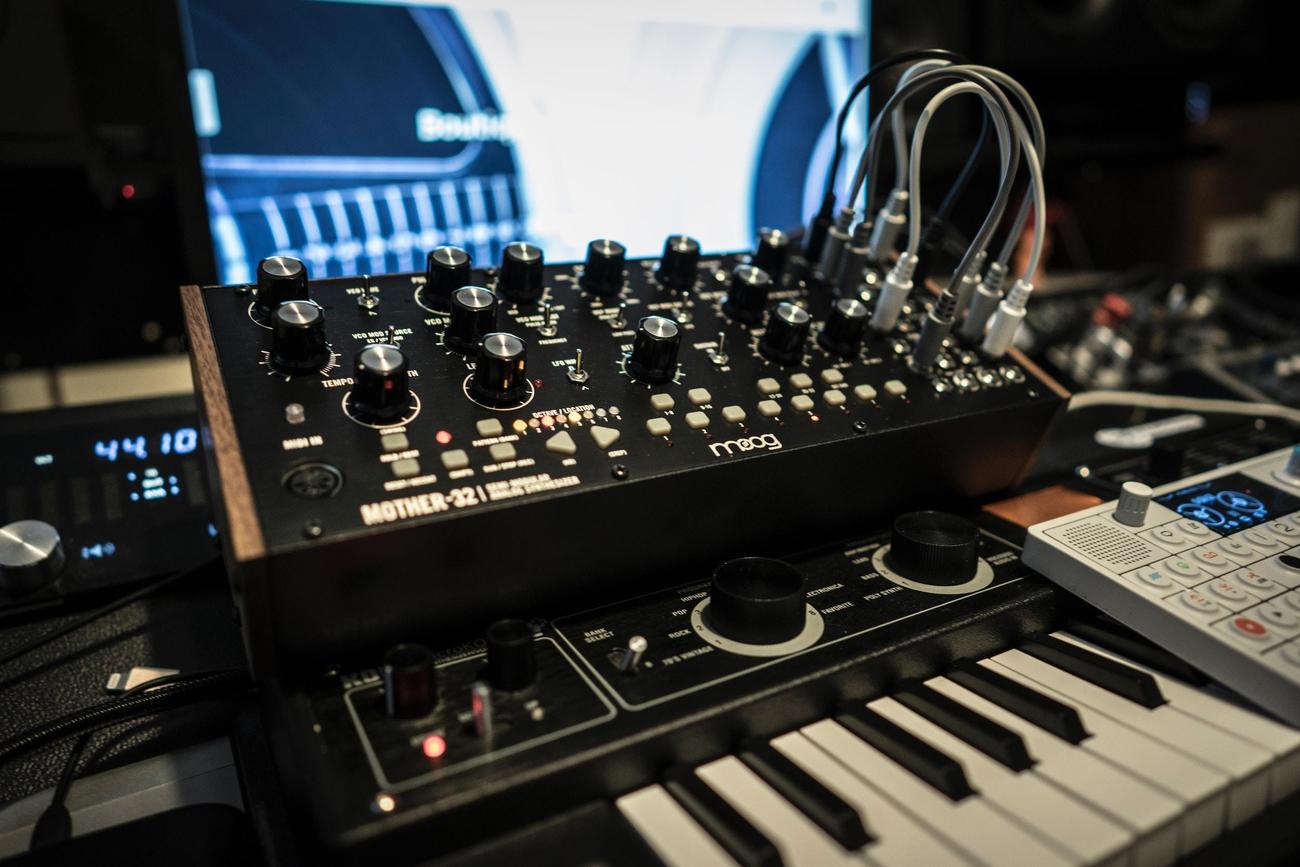Welcome to “The Ins and Outs of HVAC Low Voltage: 5 Essential Facts,” where we delve into the fascinating world of low voltage systems in HVAC. As an experienced HVAC technician with over a decade of hands-on expertise, I bring you a comprehensive guide that will enlighten you on the key aspects of HVAC low voltage. Whether you’re a homeowner, a DIY enthusiast, or simply curious about how these intricate systems work, this article will provide you with valuable insights and essential facts to deepen your understanding. Join me as we unravel the mysteries and complexities of HVAC low voltage systems.

Facts About HVAC Low Voltage
As an experienced HVAC technician, I’ve encountered my fair share of low voltage issues in heating, ventilation, and air conditioning systems. It’s important to understand the ins and outs of HVAC low voltage to ensure the proper functioning and longevity of your appliances. In this article, I’ll be sharing five essential facts about HVAC low voltage that every homeowner should know.
1. Low Voltage Can Overheat and Malfunction Appliances
When it comes to home appliances, low voltage can cause two potential harms, especially in HVAC units. Firstly, it can overheat the unit, putting unnecessary strain on the components and reducing their lifespan. Secondly, it can cause the unit to malfunction due to insufficient power. These issues can lead to costly repairs or even the need for a full replacement. So it’s crucial to be aware of low voltage and take preventive measures.
“Low voltage can have detrimental effects on home appliances, leading to overheating and malfunctions. Taking steps to protect against low voltage damage is crucial to maintain the proper functionality of your HVAC system.”
2. Low Voltage Is Responsible for Powering HVAC Thermostats
Most room thermostats in heating and cooling systems receive their electrical power from a low voltage transformer. This transformer is typically located at the boiler or furnace, providing the thermostats with the necessary 24V AC electrical power. It’s worth noting that low voltage thermostats don’t power individual heaters. Instead, they control the main HVAC source in your home and indirectly heat or cool your living spaces through control signals.
“Low voltage transformers supply power to HVAC thermostats, allowing them to efficiently control the heating and cooling systems in your home.”
3. Low Voltage Occurs When the Electrical Current Falls Below Normal Capacity
Low voltage is characterized by an electrical current that falls to 90% of its usual capacity for a period of one minute or more. It can be caused by various factors, such as damaged wiring, overloaded circuits, or problems with the electrical grid. Low voltage can affect all the electrical appliances in your home, including your HVAC system. It’s essential to be able to spot the signs of low voltage and take appropriate measures to address the issue promptly.
“Low voltage occurs when the electrical current dips below its normal capacity, potentially causing damage to your HVAC system and other appliances.”
4. Surge Protectors Can Help Protect Against Low Voltage Damage
One way to safeguard your appliances, including air conditioners, against low voltage damage is by using surge protectors. Surge protectors are designed to absorb excess electrical energy and prevent it from reaching your devices. They act as a defense mechanism, protecting your appliances from power surges and fluctuations, including low voltage events. Investing in surge protectors for your HVAC system is a smart and cost-effective way to protect against potential damage.
“Using surge protectors is a proactive step in safeguarding your HVAC appliances against low voltage damage. They absorb excess electrical energy, preventing it from harming your system.”
5. Low Voltage Air Conditioners Provide Energy Efficiency
If energy efficiency is a priority for you, consider opting for low voltage air conditioners. These units are specifically designed to run on low energy, consuming less electricity compared to regular air conditioners. Despite their low voltage operation, they provide the same cooling benefits as standard units, ensuring your home stays comfortable during hot summer days. By choosing a low voltage air conditioner, you can save on energy costs while still enjoying a cool indoor environment.
“Low voltage air conditioners combine energy efficiency with effective cooling, providing a cost-effective solution for keeping your home comfortable.”
In conclusion, understanding the facts about HVAC low voltage is crucial for homeowners and HVAC technicians alike. Low voltage can have detrimental effects on home appliances, including HVAC units, leading to overheating and malfunctions. By utilizing surge protectors, being aware of low voltage occurrences, and considering low voltage air conditioners, you can protect your HVAC system and promote energy efficiency. Remember, it’s always best to consult with a professional HVAC technician if you suspect low voltage issues in your home.
HVAC systems are an essential part of our daily lives, yet many of us don’t know much about them. If you’re curious about the inner workings of HVAC systems and want to learn some fascinating facts about them, look no further. We’ve compiled a comprehensive list of intriguing facts about HVAC that will leave you amazed. Click here to explore the world of HVAC and uncover facts that will blow your mind: facts about hvac. So, whether you’re a seasoned HVAC professional or simply curious about how these systems work, this collection of facts is bound to impress you. Don’t miss out on this extraordinary opportunity to expand your HVAC knowledge.
“Finding Low Voltage Shorts Fast! HVAC Troubleshooting!”
[youtube v=”VHWEoXsViFY”]
In this video, HVAC technician Craig Migliaccio from AEC Service Tech explains how to quickly trace out a low voltage short on an HVAC unit. A low voltage short occurs when the fuse, which is designed to protect the transformer, keeps blowing. Migliaccio demonstrates how to troubleshoot the issue using a multimeter, focusing on different potential areas of the system.
Firstly, he explains that the short could be in the thermostat wire, either from the control board to the thermostat or from the control board to the outdoor unit. He mentions that the problem could be the thermostat itself, the thermostat wire being pinched or chewed, or the low voltage wire heading out to the outdoor unit rubbing against the ground frame or a faulty component outdoors.
Next, Migliaccio provides some simple ways to identify these problems. He advises turning on the fan and seeing if the fuse does not blow, which would indicate that the issue is related to the fan wires. He explains that when the fan is turned on, the power wires RC and G touch each other, and if G is shorted to the common wire, it can cause the fuse to blow. Similarly, during air conditioning mode, the wires RC, Y, and G can all become hot and potentially short to the ground frame if the Y wire is touching it, causing the fuse to blow. He suggests switching out the yellow wire with a spare wire in these scenarios.
Migliaccio then explains how to isolate sections of the system using a multimeter to pinpoint the source of the short. He disconnects the thermostat wire and tests each wire individually, including the power wire, the Y wire, the W wire, and the G wire. By checking the resistance value of each wire, he can determine if any of them have a short.
Moving on, Migliaccio disconnects the low voltage wiring harness and tests the wires and components at the upper location of the furnace. He specifically focuses on the thermal limit switches, the flame rollout switches, and the common/ground wire. By testing the resistance between the common/ground wire and each wire, he can identify if any sensors or wires are shorted to the ground frame.
To further isolate the problem, Migliaccio pulls out one more wire and retests the resistance. By doing so, he narrows down the area in which the short is located and visually inspects that section of wire. In his case, he finds that the wire was rubbing against the ground frame, causing the short.
In conclusion, Migliaccio emphasizes the importance of splitting sections of wire apart to determine the location of the problem. By systematically isolating and testing each section, it becomes easier to identify the source of the low voltage short.
For more resources on HVACR training, visit the AEC Service Tech website at acservicetech.com.
[Article continues…]

FAQ
Q: How does low voltage harm HVAC units?
A: Low voltage can harm HVAC units in two ways. Firstly, it can cause overheating of the unit, leading to potential damage. Secondly, it can result in the unit malfunctioning due to insufficient power.
Q: How do low voltage thermostats function?
A: Low voltage thermostats do not power individual heaters directly. Instead, they control the main HVAC source in a home and indirectly heat the home through control signals.
Q: Where does a room thermostat usually receive its electrical power from?
A: Most room thermostats on heating and cooling systems receive their 24V AC electrical power from a low voltage transformer, typically located at the boiler or furnace.
Q: What is considered low voltage?
A: Low voltage occurs when the electrical current falls to 90% of its usual capacity for a duration of one minute or longer.
Q: How can I protect my air conditioner from low voltage damage?
A: To protect your air conditioner from low voltage damage, it is recommended to use surge protectors and consider getting an air conditioner with a surge protection feature. These measures can help prevent potential harm caused by low voltage fluctuations.
- Unlock 6000+ words beginning with he: A comprehensive analysis - April 20, 2025
- Mastering -al Words: A Complete Guide - April 20, 2025
- Master Scrabble: High-Scoring BAR Words Now - April 20, 2025
















